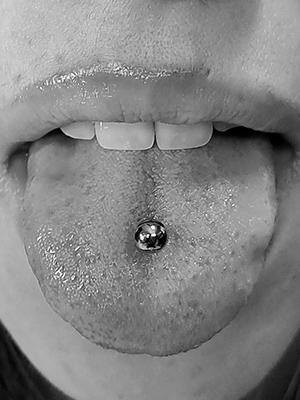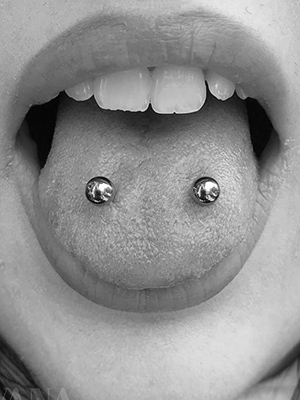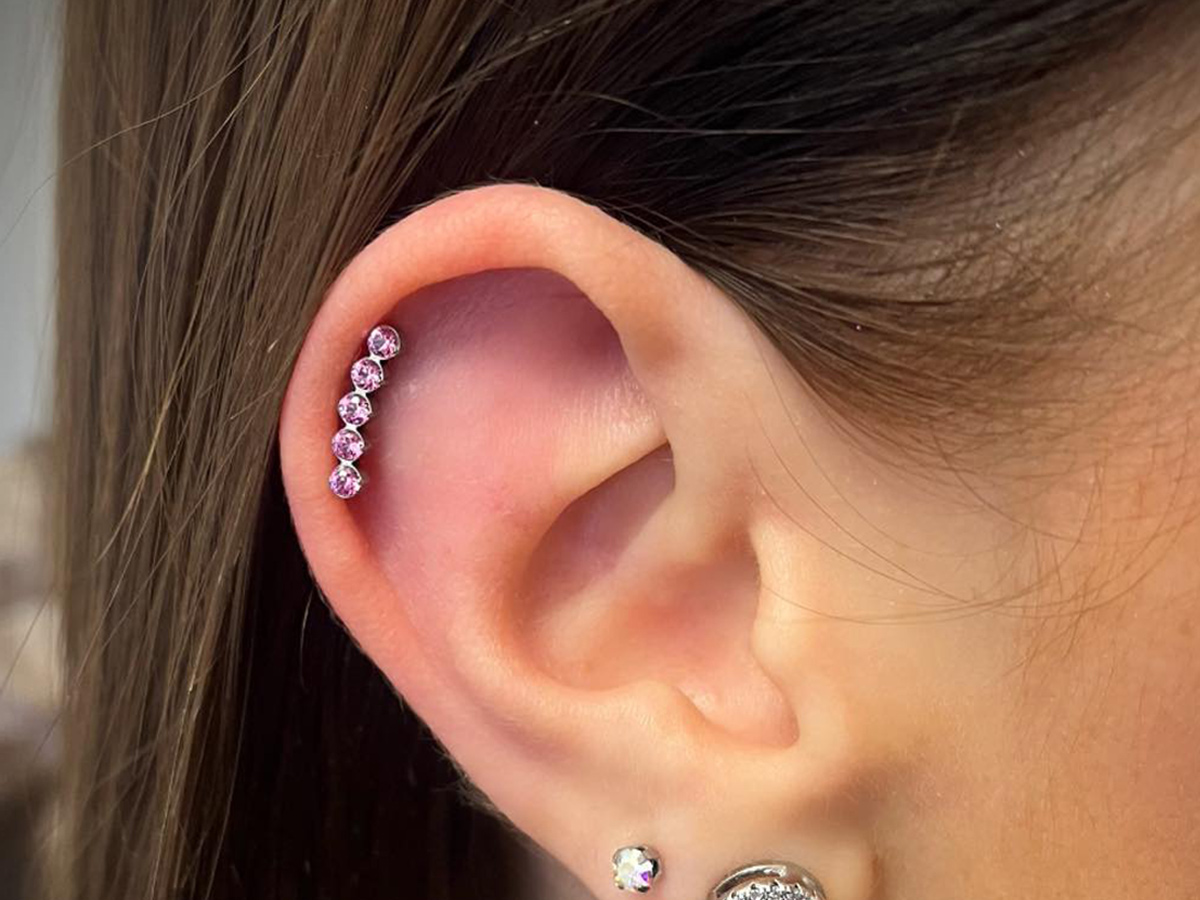Getting your tongue pierced is a remarkable way to add a distinctive touch to your appearance. Even if tongue piercings are common among those you know, the vast array of placement options, jewelry choices, and styles ensures that your piercing remains uniquely personal. It’s a piercing that maintains an element of surprise, concealed when your mouth is shut but commanding attention when you speak.
Expressing Yourself Through Tongue Piercings
According to Samantha Josephine, a piercer based in Sydney, Australia, “Tongue piercings are a fantastic way to adorn your mouth, akin to a pearl nestled inside a clam, with limitless options for jewelry.” Once healed, tongue piercings are low-maintenance and can be enjoyed for years, Josephine adds.
Understanding Tongue Piercings
A tongue piercing involves the insertion of jewelry through the tongue as a form of body modification. Various types of tongue piercings exist, including the midline piercing, which is a vertical piercing from top to bottom in the center of the tongue, and the horizontal piercing, which traverses the tongue from side to side.
While creative options like the snake eyes piercing or the frenulum piercing exist, it’s crucial to note the potential risks associated with certain types of piercings. According to piercer Cozmo Faris, piercings such as the snake eyes piercing can lead to severe damage.
The piercing process typically involves clamping the tongue with forceps to secure the tissue, followed by the insertion of a needle—usually 14 gauge—through the tongue. The jewelry is then inserted behind the needle to complete the piercing.
Types of Tragus Piercing

Middle Tongue Piercing

Snake Eyes Piercing

Venom Piercing

Tongue Frenulum Piercing
Selecting the Right Jewelry
When it comes to tongue piercings, barbells are the most common type of jewelry. These typically consist of a metal bar with removable beads on both ends. It’s important to use straight barbells for tongue piercings to avoid complications.

Pain and Healing Duration
Despite the tongue’s sensitivity to taste and touch, a tongue piercing is relatively low on the pain scale since it primarily involves piercing connective tissue rather than cartilage or skin. However, discomfort during the piercing process may vary depending on the specific type of piercing.
While soreness is common during the healing period, which typically lasts four to eight weeks, tongue piercings generally heal relatively quickly. Horizontal piercings may require a longer healing time due to the increased complexity of the piercing.
Cost Considerations
The cost of a tongue piercing varies depending on factors such as location, the piercer’s expertise, and the type of piercing. Generally, a tongue piercing can cost anywhere from $35 to $100, inclusive of both the piercing procedure and the jewelry.
Proper Aftercare
Due to the tongue’s frequent use and susceptibility to infection, following proper aftercare procedures is crucial. Maintaining good oral hygiene, including rinsing the mouth two to three times daily with a sea salt rinse or non-alcohol mouthwash, is essential.
During the healing process, it’s important to avoid smoking, using straws, or consuming spicy, hot, or sour foods, as these can aggravate the piercing and increase swelling. Additionally, refraining from engaging in activities like wet kissing or oral sex can aid in the healing process.
Monitoring for side effects such as swelling, tenderness, or drainage is essential. These symptoms may indicate complications such as infection or dental erosion, which require prompt attention
Changing Your Tongue Piercing
Changing out a tongue piercing, particularly to a shorter barbell, is recommended once the piercing has healed. While it’s possible to change the piercing at home, consulting with a piercer for the initial jewelry change is advisable to minimize trauma to the healing wound and reduce the risk of infection.
In conclusion, while tongue piercings offer a unique form of self-expression, it’s essential to consider the potential risks and adhere to proper aftercare guidelines to ensure a safe and successful piercing experience. Consulting with a professional piercer and prioritizing oral hygiene are key steps in maintaining a healthy tongue piercing for years to come.



